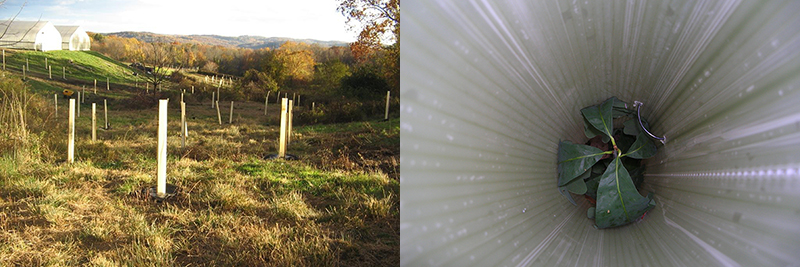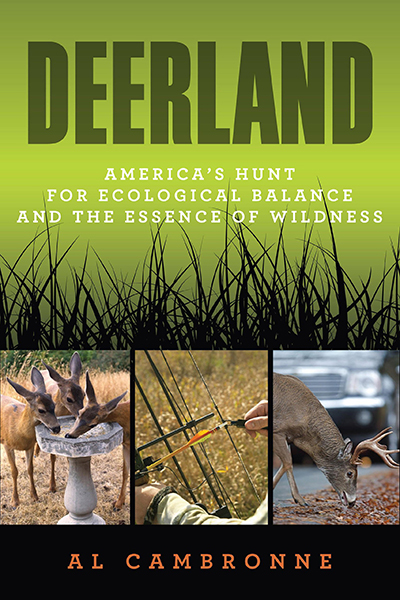April 29th is Arbor Day, and many of us will celebrate by planting a tree. But if you really want that tree to survive, just planting it won’t be enough. Like human babies, baby trees are fragile and benefit from some loving care. With that in mind, here are some tips for protecting your Arbor Day seedling so it grows into a big, healthy tree someday.
April 29th is Arbor Day, and many of us will celebrate by planting a tree. But if you really want that tree to survive, just planting it won’t be enough. Like human babies, baby trees are fragile and benefit from some loving care. With that in mind, here are some tips for protecting your Arbor Day seedling so it grows into a big, healthy tree someday.
One of the best ways to keep your tree alive is to make sure you’ve chosen a native species that grows in your area. These trees will be better adapted to your local weather, so they’ll have a better chance of surviving with less watering and fertilizer. To ensure your seedling is as well-suited as possible, always get your tree locally, such as through a nearby nursery or your county’s Soil and Water Conservation District.
Another important factor in tree survival is how you plant it. You can’t just stick a tree in the ground and hope it will grow. This four-minute video from Garden.org will give you an overview of proper planting technique.
If you plant a native tree and use proper planting technique, the biggest risk to your tree will be damage from animals, especially deer. Deer will munch on both the leaves and bark of young trees. Bucks will also damage trees by rubbing their antlers against them, which strips off the bark.
Some people rely on commercial or homemade repellents to discourage deer. From chili powder to rotten eggs to bars of soap wrapped in pantyhose (I’m not making this up), people have come up with all kinds of smelly, un-tasty things to put on or around plants to keep deer away.
That said, I tend not to like these repellents for a couple reasons. First, a lot of them simply don’t work, especially if deer are hungry. Second, even if they do work, few will last more than a week or two. You’ll need to reapply them multiple times throughout the year as they wash away in the rain or break down in the sun.
A better option for keeping deer off your new tree is to protect the seedling with a tree tube. These plastic tubes are tied to a stake inserted near the seedling, and the tube covers the young tree to prevent deer from reaching it. When the tree grows above the height of the tube and beyond the reach of deer, you can remove the tube.

Tree tubes are available online and through some garden centers (here’s an example listing from Forestry Suppliers). Taller is better, so aim for tubes that are at least four feet high.
Tree tubes require maintenance, but usually checking them once a year is enough. In early spring, remove the tree tube and clean out any debris that’s built up inside it, especially mouse nests. Then put the tube back over the seedling.
Once the tree tube comes off, you can protect your seedling from bucks rubbing against it by installing a mesh bark protector (here’s an example listing from Amazon). Bark protectors are looser than tree tubes, so they’re a good, low-maintenance way to keep the bark safe on your young tree while still allowing that tree’s trunk to grow wider.






